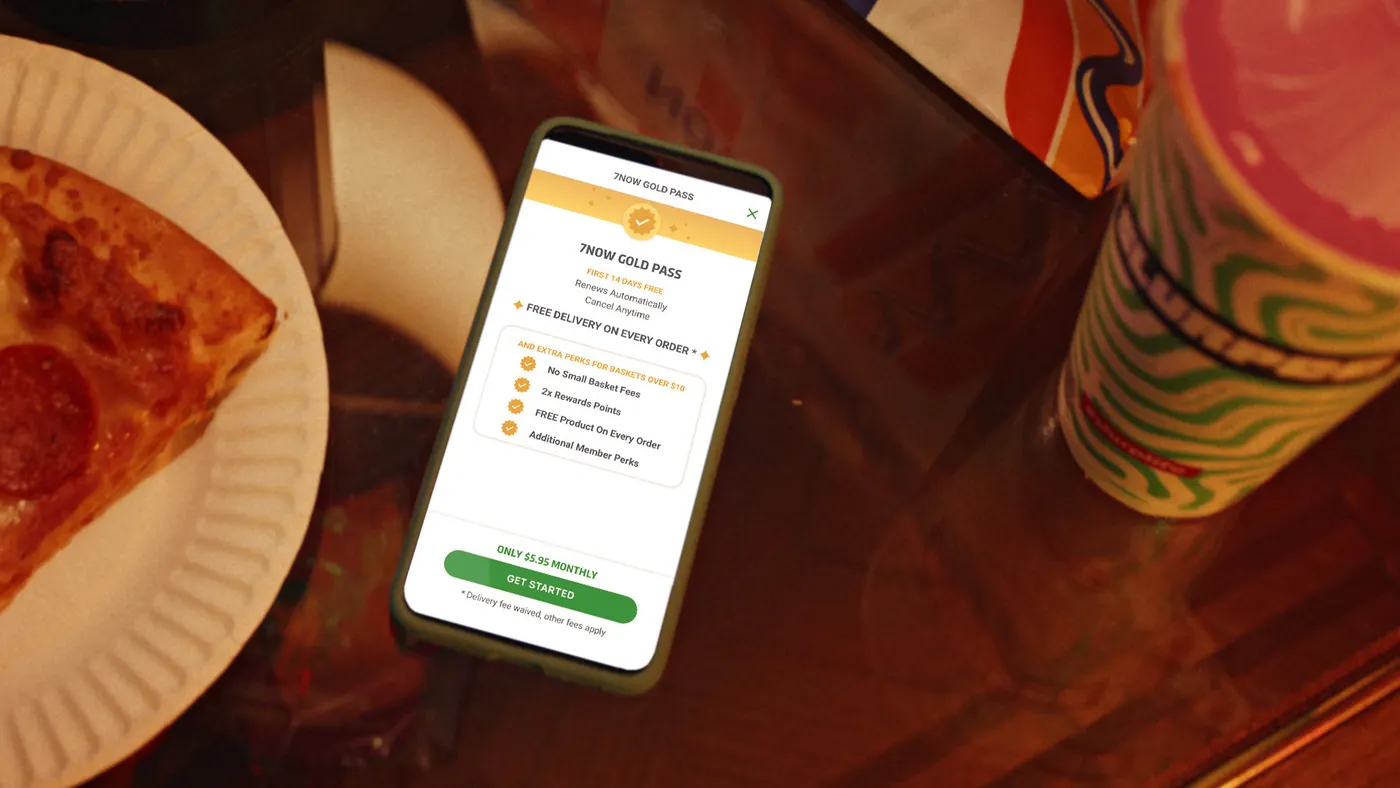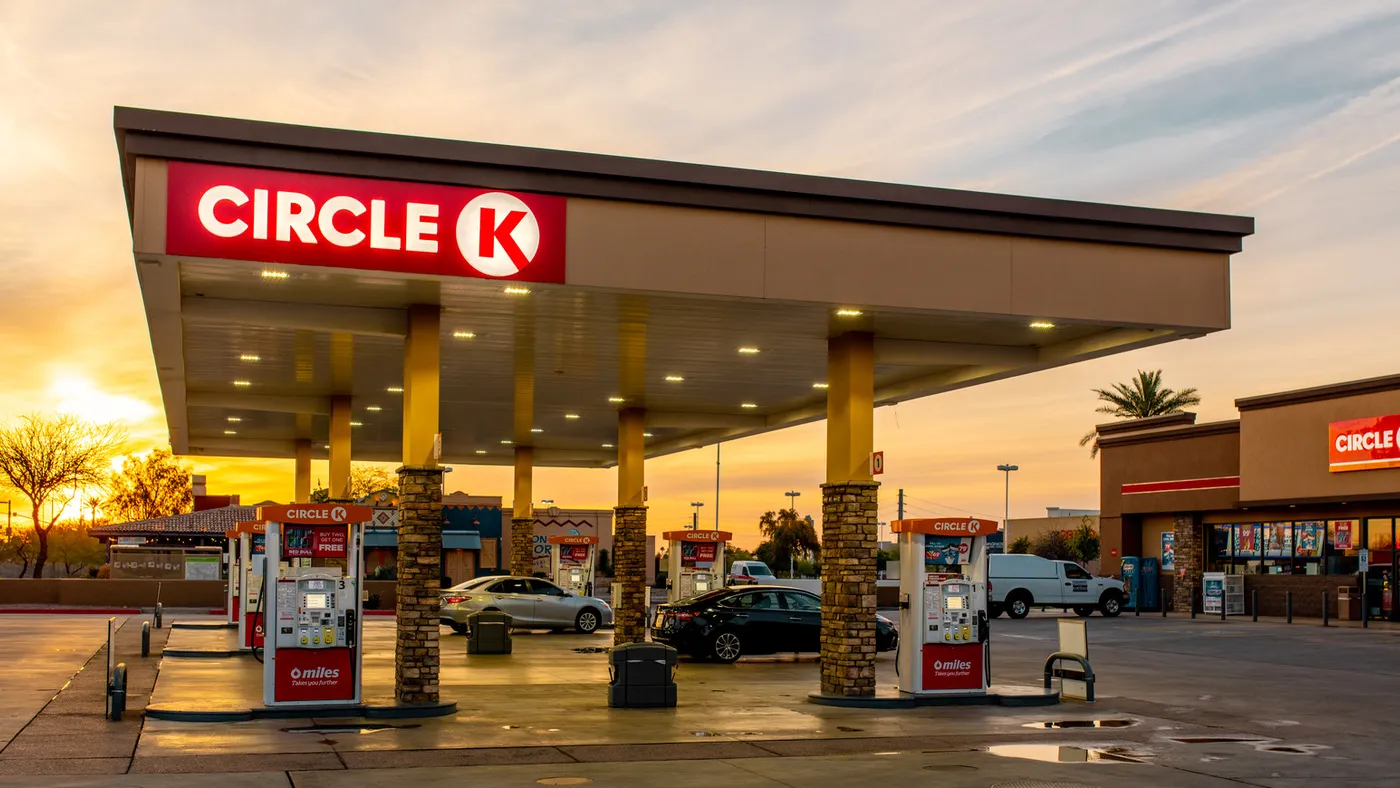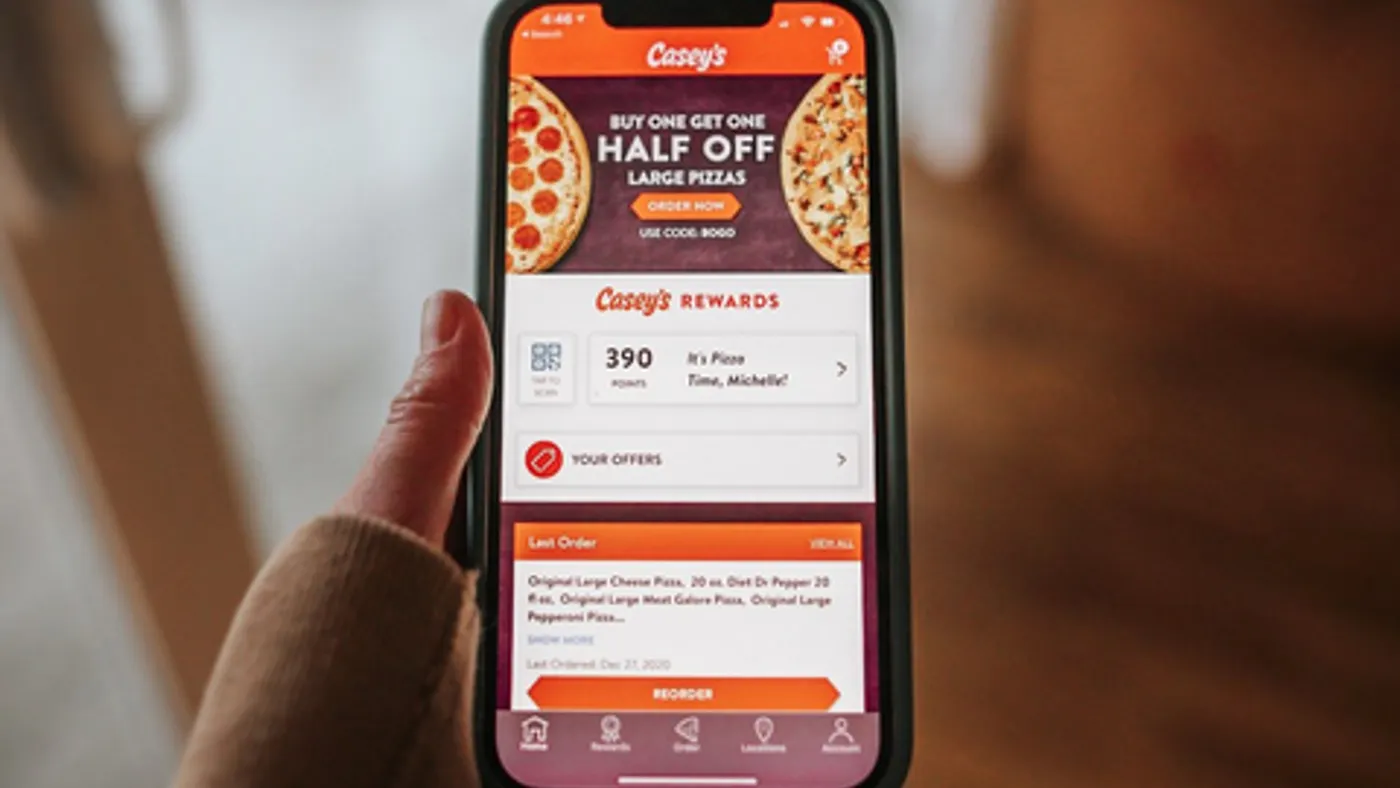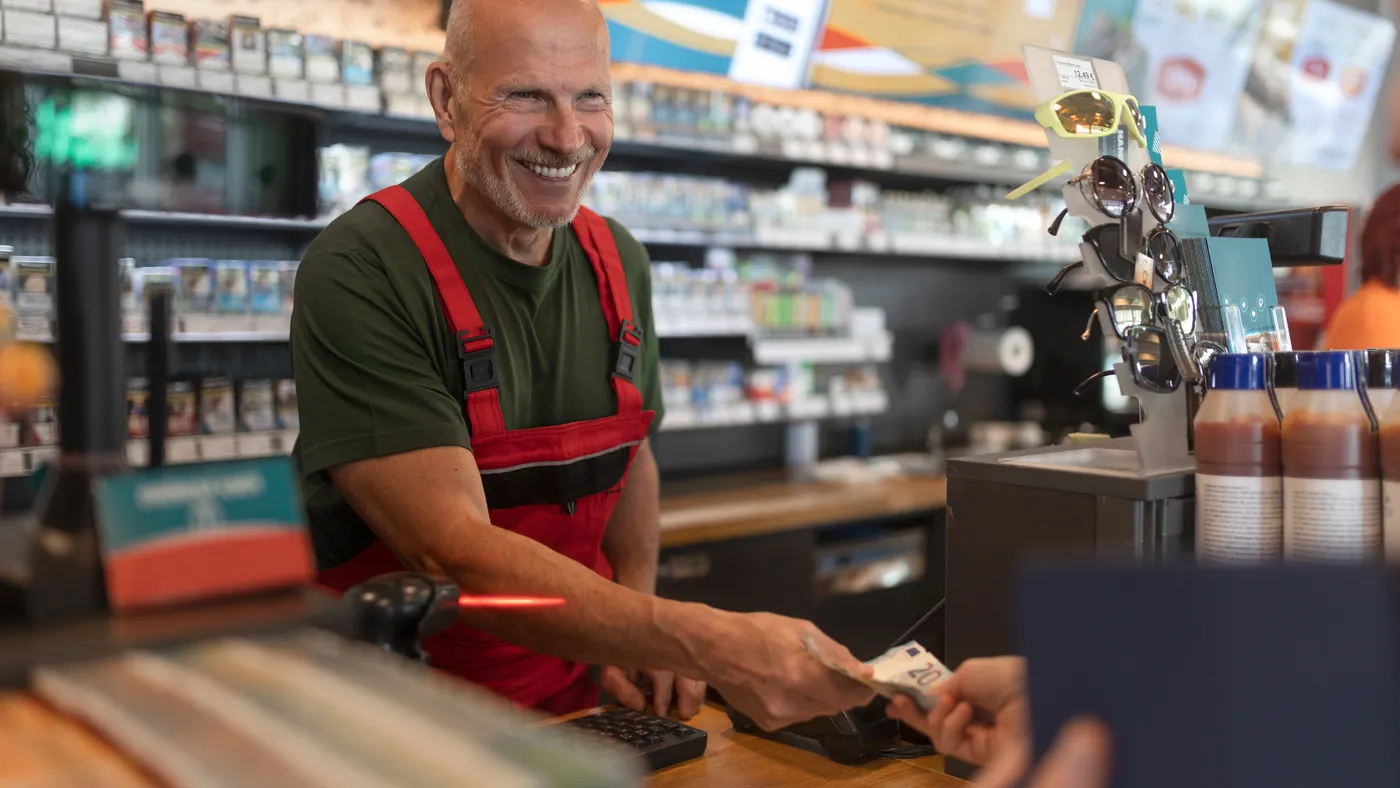
9 trends that will shape the c-store industry in 2023
Jeff Lenard is longing for some normalcy in the c-store industry.
NACS’ vice president of strategic initiatives said he’d “love a boring year” in 2023, as the past couple have been riddled with challenges resulting from the COVID-19 pandemic and other socioeconomic issues. This past year, especially, retailers dealt with increased labor and supply chain shortages, rising gas and merchandise costs and even an increase in crime in some areas.
“You could argue 2023 will be the first year of normalcy in a while,” Lenard said. “You could also argue 2023 will continue to force retailers to pivot and react quickly to things few saw coming.”
While 2022 is in the rearview mirror, the many challenges they face aren’t. But experts also foresee plenty of opportunities for c-store retailers to separate themselves from the competition, driven by consumer demands for quality and an evolving digital landscape.
“Plan for normalcy, but always prepare for the pivot,” Lenard said.
Here are the top trends likely to dominate — and possibly disrupt — the c-store industry in 2023.

Retail media will take off
Two of the largest c-store chains in the U.S., 7 Eleven and Casey’s General Stores, launched retail media networks in quick succession late last year, positioning themselves at the crest of what experts believe will become a breaking wave in 2023.
“In other channels, many retailers have a retail media network now and now it's starting to trickle down to the convenience channel,” said Scott Love, senior vice president of retail client solutions for market research firm IRI.
Retail media has taken off in large part due to Google’s decision to do away with third-party cookies, an audience measurement tool frequently used by advertisers. The value of retailers’ first-party data — information that customers willingly give a brand — has grown rapidly as a result, and Emarketer estimates that by 2024, more than $61 billion in digital advertising will flow through retail media networks.
Jordan Berke, founder and president of Tomorrow Retail Consulting, said c-stores can leverage their unique properties — namely, impulse purchases and fuel — to earn valuable media dollars from suppliers.
With that growth come challenges, however. Berke said retailers and retail media firms have had a tough time recruiting top talent to fuel their networks. And suppliers have complained about a lack of standard practices across platforms.
Ultimately, retail media may further widen the divide between large chains that have the ability to spend large sums on digital innovation and the industry’s smaller players, Berke said.
“The dimension of retail media that I think most people underestimate or don't appreciate enough is that the media business innovates at a pace that I would argue is five times the pace of retail,” he said.
C-stores — a place to hang out?
Retailers' growing focus on foodservice underscores the belief that c-stores can become community hubs where shoppers want to eat, drink and spend time, instead of simply a place to fill up on gas or grab a bag of chips. And with electric vehicles on the rise, this is becoming even more prevalent, as consumers could be on site longer as they charge their cars.
By becoming more of a “hangout” where consumers can not only order food but spend time and even relax, c-stores can gain more foodservice traction, said Donna Hood Crecca, principal for market research firm Technomic.
“Consumers are into the type of seating and offering in a c-store that invites you to stay a while,” she said. “For that younger consumer to come in for half an hour, watch TikTok, there’s an opportunity to build that.”
For example, retailer Tri Star Energy operates Twice Daily c-stores throughout Tennessee, Alabama and Kentucky, and also owns White Bison coffee shops. About 16 of the 70 Twice Daily stores have an adjacent White Bison, all of which include indoor and outdoor seating, mobile charging ports inside the restaurant, a full menu of espresso and blended coffee and tea varieties, pastries and more.
And some of these locations don’t offer fuel, either.
“It feels like you’re walking into a Starbucks,” said Jeff Hoover, director of strategy and insights for customer experience vendor Paytronix.

Using AI to improve labor
Some experts foresee technologies like cashierless checkout and AI-enabled scheduling impacting how c-stores approach labor next year. Gautham Vadakkepatt, director of the Center for Retail Transformation at the George Mason University School of Business, noted that such technologies can not only remove “mundane” tasks from employees, but even offer them the “safety and security” needed to do their jobs more efficiently.
“[Technology] replaces jobs and creates new jobs,” he said. “That's historically been the trajectory.”
John Eichberger, executive director of the Fuels Institute, said he expects to see “a lot more” cashierless checkouts popping up in c-stores. And as labor costs increase, so will retailers’ reliance on store technology.
“I think you're going to see a lot more innovation in that space than we've seen in the past,” he said.
According to workforce management company Legion, 60% of c-stores operators still rely on manual processes for things like scheduling hourly shifts, which adds “unnecessary stress” onto retailers, Kristin Brennan, vice president of marketing for Legion, said during a recent NACS webinar.
Digital loyalty is poised for a boom in 2023
As the broader c-store space tries to catch up technologically to competing industries like grocery stores and QSRs, a big focus this year will be getting as many people as possible into loyalty programs. According to Paytronix, the total number of loyalty members for convenience retailers dropped 16% from 2019 to 2021.
Since many c-store transactions are cash-based, there’s no way to gather information about customers and understand their behaviors, said Love with IRI. That changes when customers join a loyalty program.
“Give them the right offer that is valuable to them,” Love said. “Be able to communicate in a personalized way.”
Additionally, Love said he expects to see more c-store retailers use membership-specific prices and other incentives to increase loyalty participation, and focus on engaging current members to attach their account to every purchase.
“I fill up my car outside, and then I go into the store,” Love said. “And maybe for one of those, I use my loyalty card, but not both. And so a lot of retailers are really trying to figure out how to be able to incentivize for every transaction.”
Vadakkepatt said that loyalty programs and their associated apps should continue to reduce friction for customers on everything from ordering food to getting a car wash.
And while the c-store space may be moving more toward fresh, made-to-order foodservice, Jessica Williams, founder and CEO of c-store consultancy Food Forward Thinking, said she expects the trajectory of loyalty programs to stay squarely on the c-store essentials.
“I see the food taking a backseat to fuel and packaged beverage in loyalty apps,” Williams said. “Foodservice is not the No. 1 item on a loyalty app — it’ll always be beverages and fuel.”

EV charging will become more accessible for c-stores
While the move toward electric vehicles feels relentless — several states plan to outlaw sales of internal combustion engines in the coming decades — one of the biggest changes for c-stores next year should actually be on the charging side.
Installing chargers will become accessible for more smaller stations as the technology and variety of types of chargers increase.
“Two years ago, you could do it yourself, and it was pretty painful,” said Eichberger of the Fuels Institute. “Or you could contract a third party, let someone else run chargers on your property. … The options that you do yourself are so much better [now] than they were two years ago.”
That includes options like battery-assisted EV chargers for locations with cramped footprints.
Government assistance, including the first round of federal National Electric Vehicle Infrastructure (NEVI) funding, should improve access even further. However, 2023 may see c-stores installing chargers even though their customer base doesn’t have enough EVs to sustain that business.
“My concern is that we're going to see retailers in markets where there are no electric vehicles installing chargers,” said Eichberger.
It’s all about delivery
Various players in the c-store space began investing in delivery operations last year, and delivery will continue to be a focal point for c-store operators in 2023 — especially when paired with their fast-evolving foodservice programs, Williams said.
“Any innovation you see in foodservice in 2023 will have to apply to delivery,” Williams said.
Williams said she foresees large and small c-store chains getting into delivery, with retailers prioritizing menu items that travel well. For example, cold sandwiches and wraps travel much better than French fries, which “are hard to deliver” because they can get cold or soggy by the time they arrive.
“Hot [foods] can be harder, but sandwiches and burritos are great for delivery,” she said.
Although rapid delivery firms like Gopuff have struggled to expand in the U.S. amid high operating costs and intense competition, these options will continue to be available for c-stores to explore, Vadakkepatt said. And when it comes to the smaller retailers, he predicts we may see some delivery partnerships aimed at keeping up with bigger chains.
“We will have smaller c-stores probably think about collaborating to have a uniform strength-in-numbers approach,” he said. “We're getting scale and being more meaningful. It’s a challenge, but I think that's where I see companies having to go.”
Smaller portions, higher quality
C-store chains that prioritize foodservice — such as Wawa, Royal Farms and Sheetz — are already challenging fast food restaurants for consumers’ dollars. But how can they level up their offerings in 2023?
Focusing on quality ingredients and items is one way, said Williams. She noted she’s seeing c-store retailers choose items that are “an improvement in quality” so they can recapture lost margins by slightly elevating the price.
“Customers can expect to see smaller portions but higher quality,” she said. “How can we take our bacon from something small and flimsy to something that’s thicker and has a smoked flavor?”
Michael Lawshe, president of c-store design firm Paragon Solutions, expressed a similar sentiment, noting that he’s seen more c-stores offering farm-to-table foods as consumers become more “discerning” with their food choices.
“There's not a warmed-over burrito or corn dog, or whatever, from the past,” he said.

New store format experiments will ramp up
As c-stores look to reach new markets and evolving consumers — and as the adoption of electric vehicles continues to gain steam — companies are experimenting with new formats that go beyond the traditional fuel canopy and store model.
2023 will be the year when store experimentation really starts to ramp up, said Frank Beard, a longtime c-store analyst who currently works in marketing and customer experience at Standard AI.
“I think a lot of companies are going to throw everything at the wall and see what sticks,” he said.
Some chains are adding walk-up c-stores without fuel to their lineup in an effort to reach into urban markets and college campuses. Casey’s opened its first non-fuel location last April near Drake University, while QuikTrip opened its first walk-up store in several years this past summer in Oklahoma City, and has more in the pipeline.
Wawa and 7-Eleven have opened stores with drive-thru restaurant service in recent years, while Allsup’s has started opening stores that are more spacious than its traditional format.
As c-stores increasingly cater to EV customers, they’ll need to experiment with new store models with amenities that complement the charging process, like enhanced foodservice options, curbside service and even an area for people to walk their dogs, said Lawshe with Paragon.
“If I were pushing for that EV customer, I'd offer curbside [service] for anything they want,” he said.
Inflation and the threat of recession will loom over the industry — and present opportunities
While sky-high inflation rates have begun to ease, they’re still much higher than usual. And while many industries are battening the hatches, c-stores should be able to weather the storm, experts believe.
Eichberger said that while in-store sales take a hit from high inflation, at a certain point, they’ll start to improve.
“Instead of going to the convenience store to get gas and going to the grocery store, then going to a QSR, [consumers] go to the convenience store to fill up gas, walk into the store and buy a bunch of stuff,” he said.
A trend that may persist if inflation stays high is an increased boost in private label goods as consumers look for cheaper alternatives as they shop, said Love with IRI.
Meanwhile, if a full-on recession hits, c-stores are still broadly set up for success, said Lawshe. Because the higher interest rates accompanying inflation could make building new stores less attractive, c-stores may be able to use a potential recession to refocus their attention and money.
“What I see happening is people look at remodels … as opposed to an new to industry capital investment,” he said. “And they're getting great returns on capital by doing that.”











